Digital Classroom
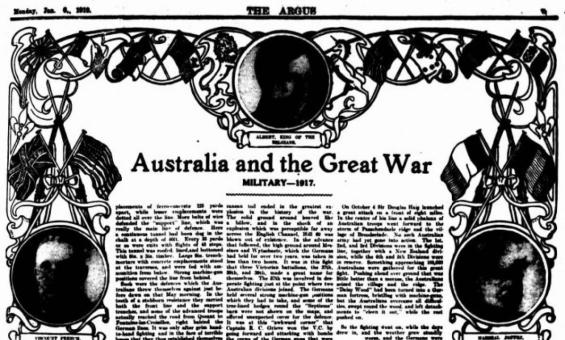
(1919, January 6). The Argus (Melbourne, Vic. : 1848 - 1957), p. 5 (The Argus War Review). nla.gov.au/nla.news-page402797
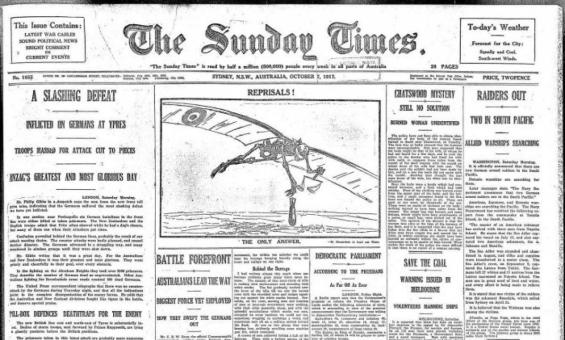
(1917, October 7). Sunday Times (Sydney, NSW : 1895 - 1930), p. 1. nla.gov.au/nla.news-page13215182
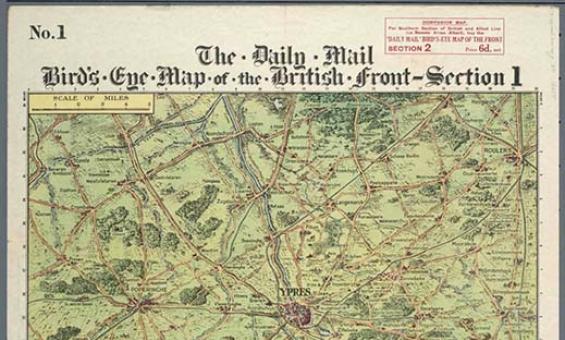
Daily Mail (London, England). (1916). The Daily Mail bird's eye map of the British front [cartographic material]. nla.gov.au/nla.obj-230052264
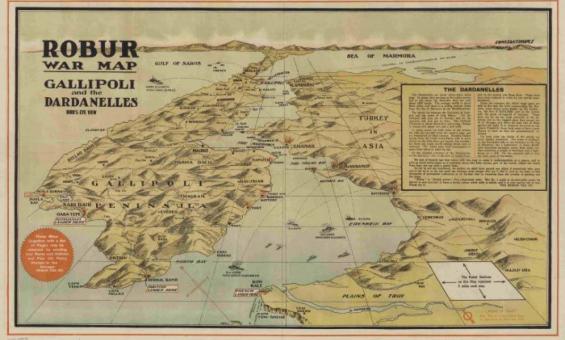
Farrow Falcon Press, issuing body & Dillon, Cyril. (1915). Robur tea war map, Turkish Empire ; Robur war map, Gallipoli and the Dardanelles : bird's eye view, nla.gov.au/nla.obj-2972839934
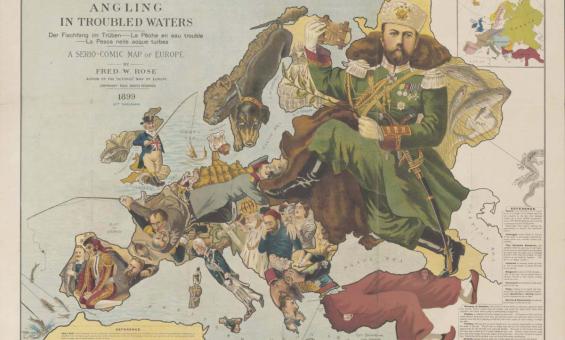
Rose, Fred. W. (Frederick W.) & Hewardine, Matt & G.W. Bacon & Co. (1899). Angling in troubled waters = Der Fischfang im Trüben = La pêche en eau trouble = La pesca nelle acque turbes : a serio-comic map of Europe / by Fred. W. Rose, author of the "octopus" map of Europe ; Matt. Hewardine, from design by Fred. W. Rose. nla.gov.au/nla.obj-232519231
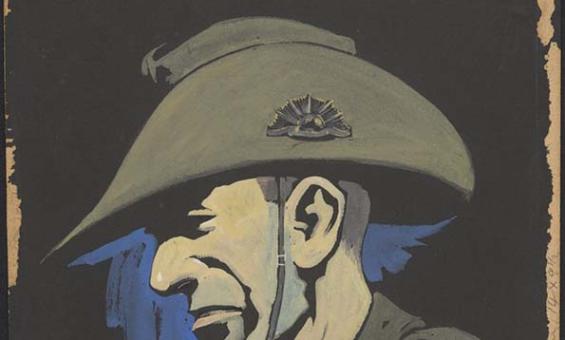
Frank Dunne and Smith's Weekly, Portrait of ANZAC soldier for Smith's Weekly, between 1919 and 1937, nla.gov.au/nla.obj-452465819
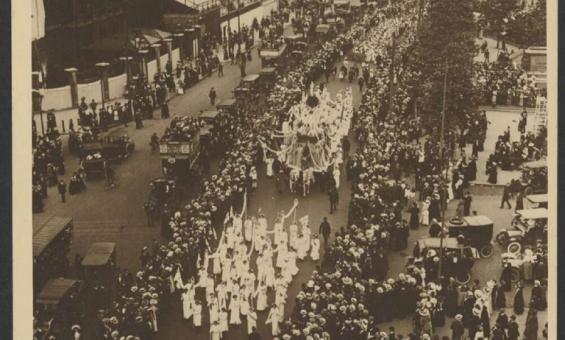
Bessie Mabel Rischbieth, Photographs of suffrage demonstrations and campaigning activities, 1900 - 1967, nla.gov.au/nla.obj-439976984
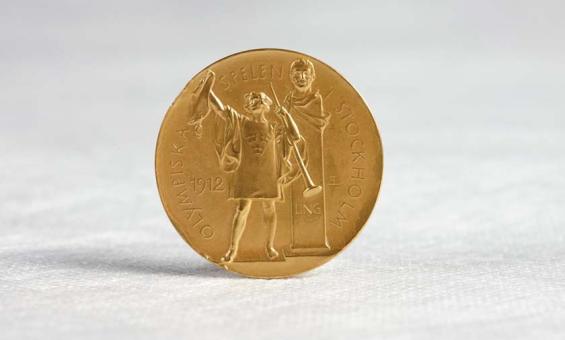
Olympic gold medal won by Miss Fanny Durack at Stockholm, 1912, nla.gov.au/nla.obj-139311257
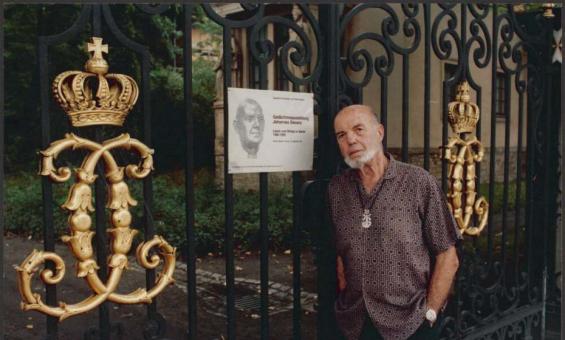
Sievers, Wolfgang, 1913-2007. (1991). [Photograph of Wolfgang Sievers], Berlin, Germany, 1991 [picture] / Wolfgang Sievers. nla.gov.au/nla.obj-161009403
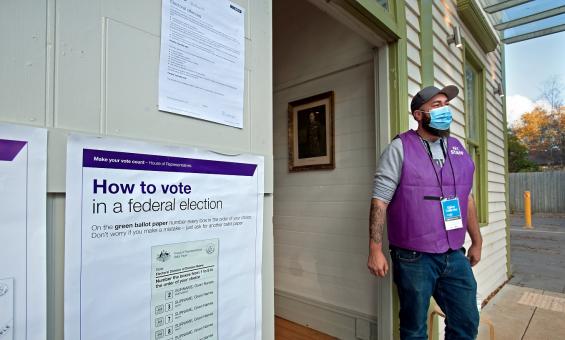
Sandy Scheltema, Australian Electoral Commission officer standing next to a 'How to Vote in a Federal Election' poster outside the polling place in Glenlyon Hall, during the Australian federal election, Glenlyon, Victoria, 21 May, 2022, nla.gov.au/nla.obj-3108998796
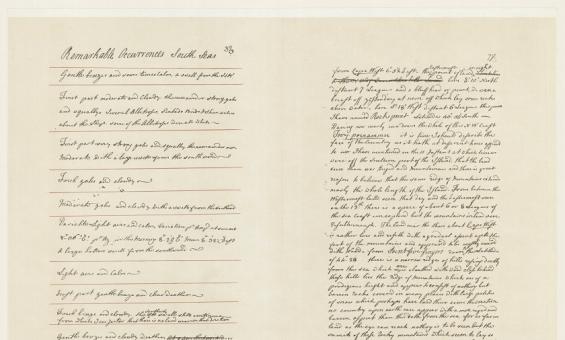
James Cook, Excerpt from Captain James Cook's Journal of the H.M.S. Endeavour, Friday, 23rd March, 1770, nla.gov.au/nla.obj-2354391495
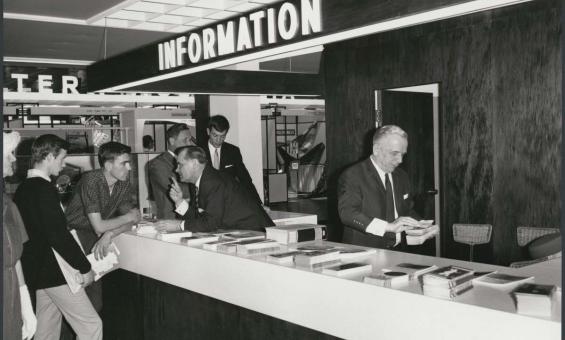
Wolfgang Sievers, Information desk at German stand, Exhibition Building, Melbourne, Victoria 1966, nla.gov.au/nla.obj-161478886